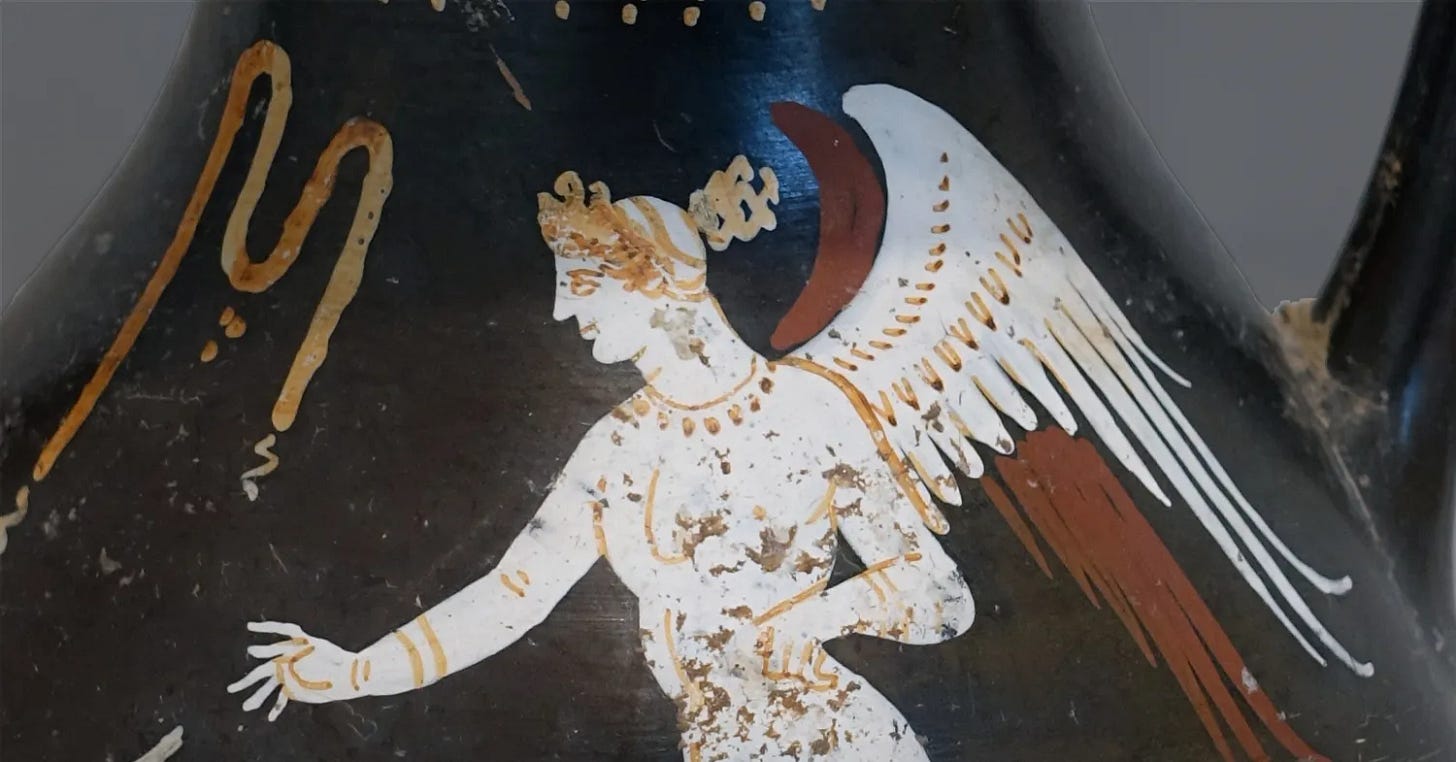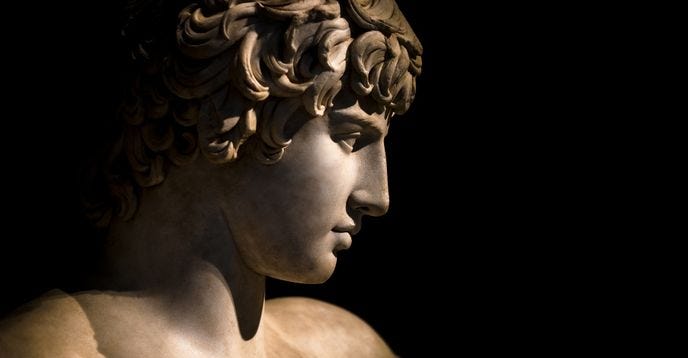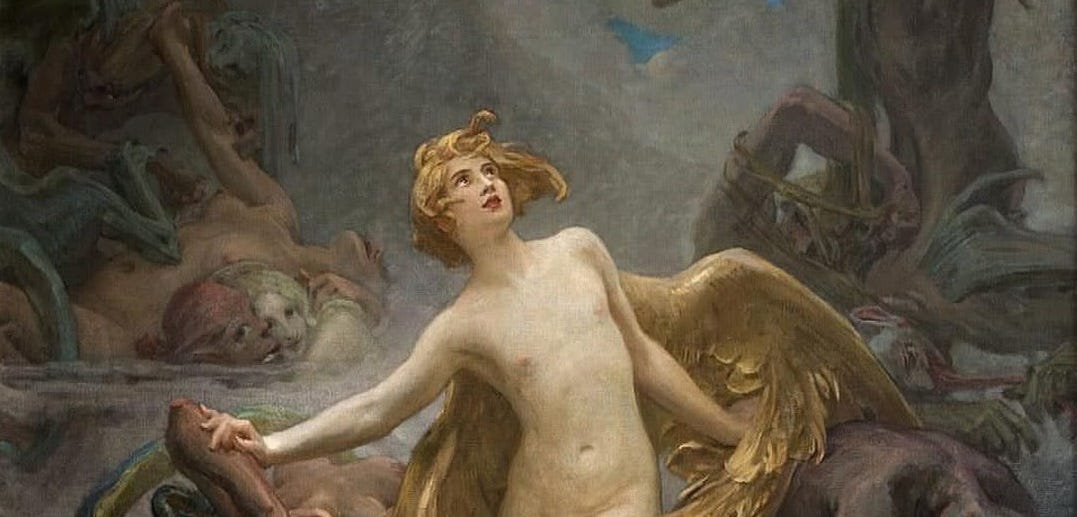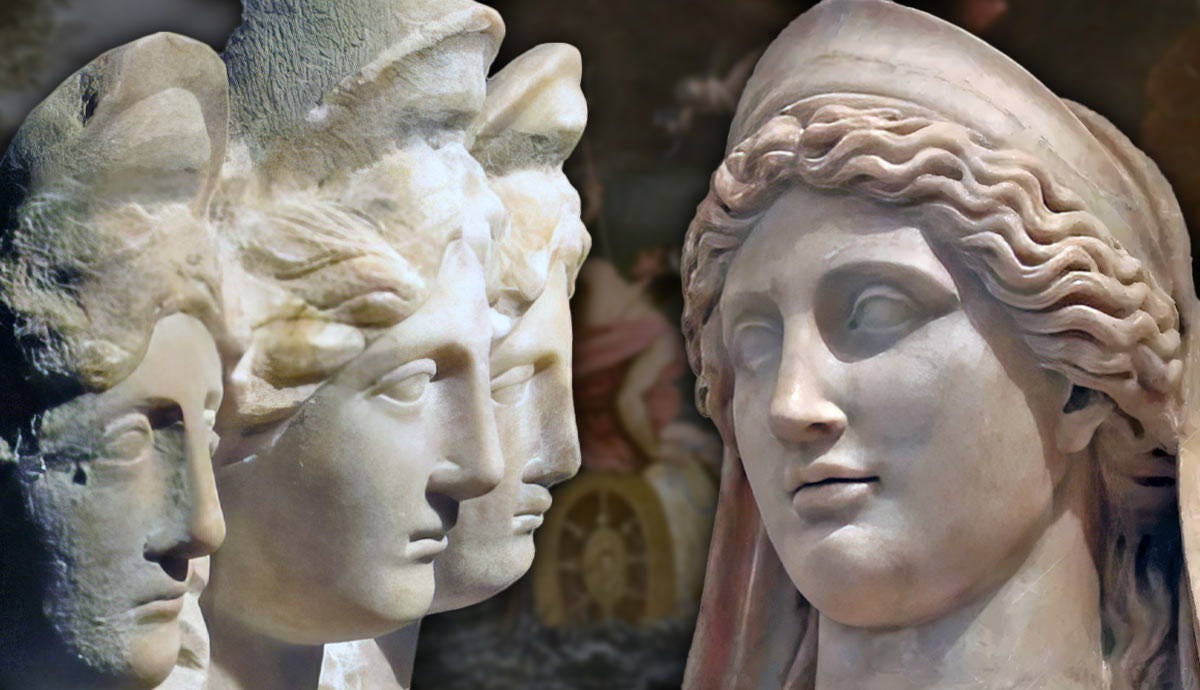In the last article I wrote the following. That I could remember myself when I was an enby child. And whilst I within the previous article went into the more mythological and spiritual aspects of enby representation, and its link to the origin of the cosmos. There is much more to be said. Both about my own enby experience, yet the much deeper and important psychological implications of Phanes as a symbol, for the enby experience. As it is the primordial template of all being.
The Cosmos as Projection: Unraveling the Psyche
Phanes is not a deity, or some external entity. They represent the coming together of all opposites. A symbol for cosmic-wholeness, and the state of being that reflects this. As such what we call the cosmos, is a projection of the psyche, our unconscious and the collective unconscious onto the world. There are not only different layers to the cosmos itself, but also different states of this cosmos. Going from the primordial state in early infancy, symbolised by Phanes, to the next state of Ouranos and Gaia, which connects to early childhood. Where Kronos and Rhea symbolise the civilizational ego, which through the parents and society impresses itself onto the child. Thus burdening them with the collective shadow of said society. This is especially such with parents that are unconscious, and live primarily from their ego-persona. So social mask.
Yet based on the archetypes that a person is aligned with, this creates a difference in how it affects the child. In our modern society those closest aligned with Eros and the feminine are affected the most. Especially wild archetypes, like Wolf-Apollo (Wotan), Artemis, Feronia, Holda, Dionysus, or for instance Hecate. Whilst archetypes such as Helios (Hellenic Apollo), Hercules, Perseus, or pseudo-Hermes and other intellect aligned archetypes, are much less affected. Though obviously everyone carries with them both intellect and the more primal and emotional aspects of the psyche. The difference comes from which layers of being are most pronounced in the personality of the person. This being not something merely ego-persona tied, but intrinsic to the expression of the soul of the individual. So their Self.
Phanes and the Cosmic-Self
Now coming back to Phanes. They are the cosmic-Self, and source of what structures the patterns of all the archetypes. Where their mother Nyx, is the source itself of the archetypal energy behind it. Which is Eros, representing love and Life itself, driving everything towards completion, wholeness and integration. The Self as archetype that Jungians describe by figures such as Jesus, the Buddha or Lao Zu, are embodiments of the ego-Self axis. Where Phanes themselves as symbol is what lies beyond this. So the very source of the cosmos itself, that lies beyond all dualities. So where embodiments of the ego-Self axis are aware of the Self, and let it speak through the framework they know, Phanes is the cosmic-Self. Where the ego has dissolved into it. The Self, before and after the ego-Self axis. Phanes as symbol of the cosmic-Self is both the pre-egoic state, a cosmic origin from which all opposites converge. And when reborn, after their dismemberment, the post-egoic state, into which all opposites reconcile.
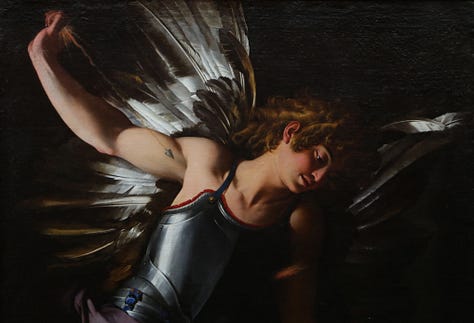

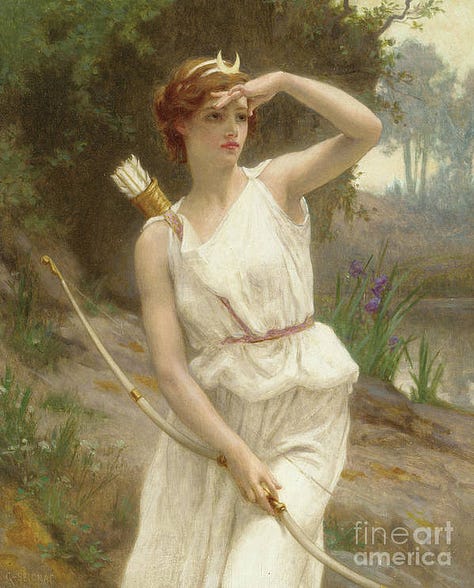
Navigating my Queerness and Enby Identity
Now when it comes to my own experience of being queer and enby. I was told that I was a boy, to act like a boy. Don’t cry or show weakness. Don’t act like a girl. You can’t dress like this. Your hair longer makes you look like a girl. Don’t put hands on your hips, as it makes you look queer. Don’t express yourself like that, as it is girl-like. This had nothing to do with me being “wrong,” but an incongruence between my true and authentic expression of who I am, and what the culture tells people to be. Merely due to what one is assigned at birth based on external genitalia. Which does not take into account the lived experience of the person. Their own sense of self, and how they also thus relate to themselves and the world.
Authentic Self and Societal Expectations
For me Phanes, as expressed in Dionysus-Persephone as a symbolic being here is an important symbol. As they symbolise an unity of masculine and feminine, amongst other ones. This is a symbolic psychological truth as well. Within the modern context, regarding their psyche people are even gendered differently. Men are associated with reason, logic, stoicism, and women with emotion, intuition, and relationality. These are roles imposed upon the psyche by the collective ego, thus by society's civilizational shadow. Which does not reflect the actual archetypal make up of the person. As every person resonates more strongly with certain archetypes over others. Yet aspects of the psyche itself have been gendered.

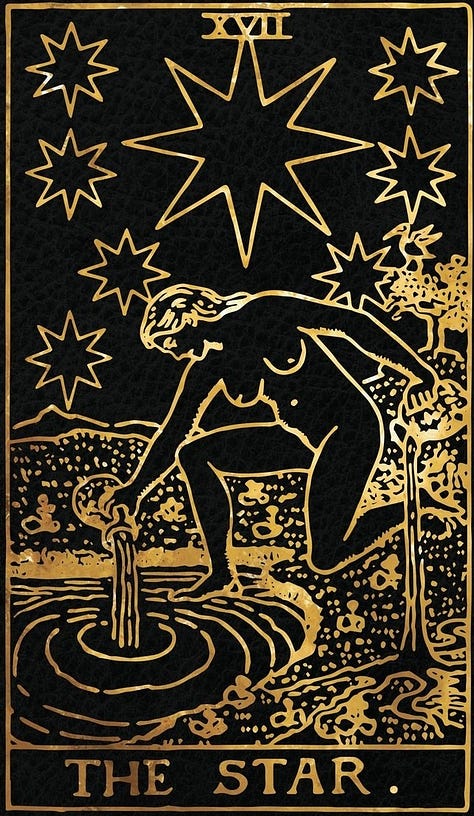

Which are qualities that have nothing to do with gender at all. As having emotions, such as crying for instance does not make one feminine, nor would using logic make one masculine. These are qualities inherent in all humans. It is the inner experience of oneself that determines one gender experience, not the natural aspects of human nature itself. So how one relates to it. For some people their personality arising from the Self might make them feel more like Athena, for others more like Artemis, others more like Juno-Feronia, or others even Jupiter, Mars-Quirinus, or Dionysus. These are all different expressions within the gender spectrum. Who is to say which one is more valid than the other? They are different archetypal expressions, each equally valid in their own way. It would be backwards of us to constrain it to just two archetypes for masculinity and femininity. Whilst ignoring the entire bandwidth of expression.
Different Symbols of the Self
As much as there is Phanes, as a symbol of the Self, there is Mars-Quirinus as a symbol of the Self for men, and the Sovereignty Goddess as a symbol of the Self for women. Mars-Quirinus is a masculine figure that holds both fierce warrior energy, that is initiatory, assertive and connected to the wild, and the disciplined expression of instinct, yet also the softer, yet equally vital, aspects of masculinity. Think empathy, respect, and cooperation. The Sovereignty Goddess instead is a feminine figure that holds the nurturing and emotional aspects, as much as fierce, wise, protective and serpentine energies and has a connection to the unseen realms.
Where finally Phanes, as a symbol of the Self, holds the totality of these energies and transcends them. They are not a midpoint between masculine and feminine, but the original wholeness from which those polarities emerge. Phanes encompasses both the initiatory fire of Mars-Quirinus and also the serpentine wisdom of the Sovereignty Goddess. But they do so without needing to choose, without being torn in two. They carry the ecstatic, wild primordial Eros, a force that breaks down boundaries, undoes the false divisions imposed by culture, and reconnects us with the deeper rhythms of the cosmos. They are playful and terrifying, seductive and innocent, radiant and veiled. Yet there are deeper nuances when it comes to symbols of the Self. As there used to be rites connected to both Dionysus and Artemis, which lead to the rebirth of the person, and embodying the archetypal being-ness that they represent.
🔥 Dionysus: The Masc-Enby Self
Dionysus is the wild heart of non-binary masculinity. A being of softness and fury, of wine-soaked tears and ecstatic howls. Dionysus is spiral logic, circular, emotional, embodied. He wears no armour but dances wildly. His masculinity is permeable, relational, and intimate. He breaks down barriers and blurs every line. His is the masculinity that weeps and rages and loves. Often depicted as soft, effeminate, long-haired, and radiant. Rather than embodying patriarchal control, Dionysus invites surrender, ecstatic abandon, emotional release, and union, including vulnerability, emotional depth, and freedom from societal constraints. Which is the state of being he represents in the world.
He is also associated with the feminine world, surrounded by maenads and satyrs, engaging in wild rites where gender roles are inverted or dissolved. He was raised in secret, outside of typical patriarchal structures (by the Korybantes in exile), mirroring the queer and also enby experience of being ‘othered’ from the start.
Enby type: embodied, erotic, feeling, sobbing, laughing, chaotic, wine-soaked.
🌈 Phanes: The Primordial Enby
Phanes is the origin before origins, the light emerging from the cosmic egg. They are not a god among gods, they are the pattern of all gods, the radiant weave from which dualities are born. As such, Phanes is not male or female, nor really androgynous in a reductive sense. They are not a compromise between genders, but the source of all gender, and the freedom that lies beyond its confines. The path towards this state of being leads through the new archetype of Lucia Nyktelios, with a combination of both the rites of Wolf-Apollo tied to Dionysus, and that of Artemis, tied to the Sovereignty Goddess. The combination of both the Anima-Animus in a Jungian lens, leading to the Self as syzygy of both the Dionysian and Persephonean, within my own case.
Enby type: expansive, fluid, boundaryless, intuitive, deeply present in the moment.
🌙 Persephone : The Fem-Enby Self
Persephone is dwelling between worlds, sovereign in her descent, radiant in her return. She is the feminine that transforms, the self that cannot be contained. Called maiden, but this means not innocence, it means mystery, transition, becoming. She does not belong to life nor death, but walks the borderlands. Her femininity is also metamorphic. She dissolves traditional roles and re-emerges anew. Surrounded by flowers and ghosts alike, she holds space for the in-between: not quite girl, not quite queen, not just lover or victim. She is the underworld’s bloom, sacred to outsiders, to those shifting between identities, to the soft and wild who defy categories. Much like Dionysus, she is protector of liminality, of queer becoming, of cycles no system can harness.
Enby type: non-performative, self-sovereign, emotionally free, fiercely protective.
Together, Phanes, Dionysus, and Persephone reveal three faces of the non-binary Self, cosmic, masculine, and feminine, not as fixed positions, but as flowing patterns. They are not roles to perform, but states of being to embody. This of course are just a few archetypes that represent aspects of the gender spectrum. This can be very specific regarding the person, and what archetypes they resonate with. These I mentioned are tied to my own experience of my own gender and expression of Self. Some may not feel these exact archetypes as their own. Yet this is my symbolic path, and others can find theirs too. Maybe you are more like Artemis. Or Hecate. Or Loki. This article is like a door cracked open. And now you can get to walk through it on your own terms.





